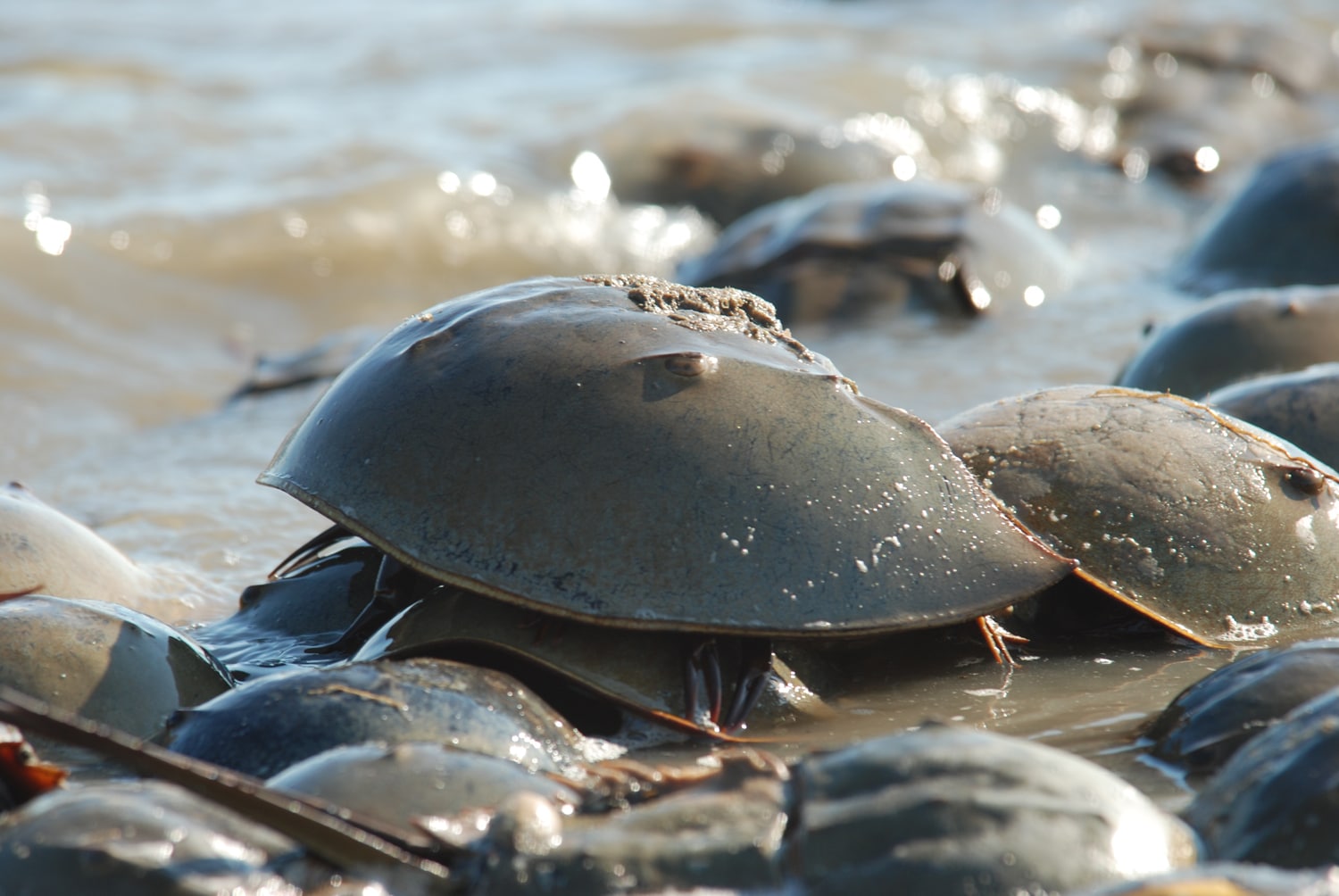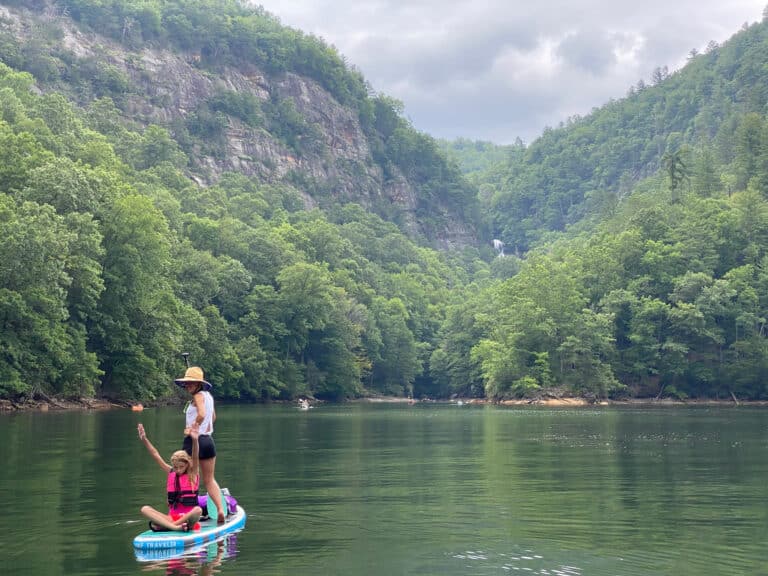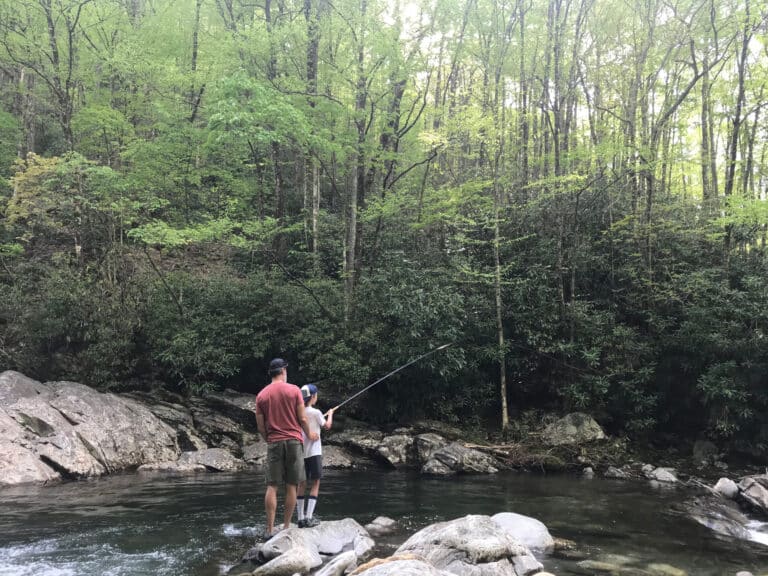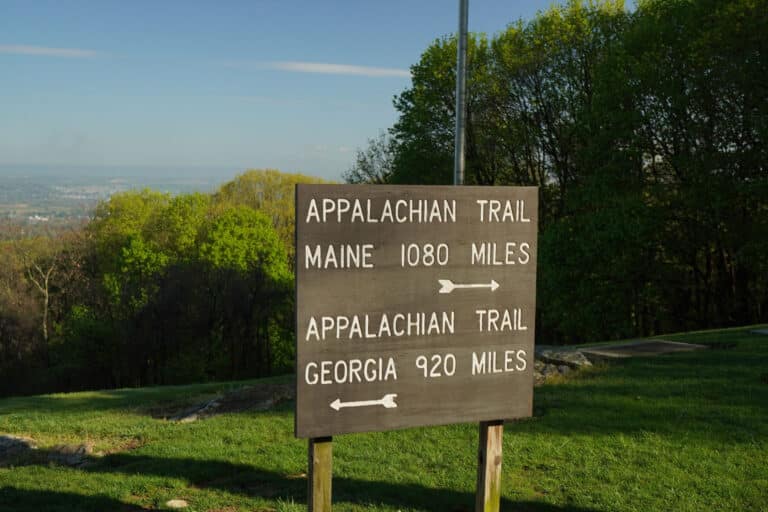These Ancient Animals Have Saved Human Lives. Can We Return the Favor?
If you’ve been to the beach, you’ve probably seen some of the oldest creatures on Earth: horseshoe crabs—brown, body-armored beasts with a long, spiked tail.
Nearly twice as old as the dinosaurs, they’re living fossils that have endured five mass extinctions and survived for a half-billion years.
They’ve had time to evolve some nifty tricks, including massive beach orgies. In late spring along the Atlantic Coast, females crawl ashore and bury thousands of eggs in the surf, and mobs of males battle to fertilize them. Millions of horseshoe crabs eggs are deposited along Atlantic Coast beaches each year.
A Badass Bird
These mass spawning events aren’t just essential for the survival of horseshoe crabs. The red knot, an endangered shorebird, also times its annual migration to coincide with these horseshoe crab beach orgies. The red knot is one of the world’s greatest endurance athletes. It overwinters on the southern tip of South America, and each spring, it flies north to breed in the Canadian Arctic. At 19,000 miles roundtrip, it’s one of the longest known migrations on the planet.
During their annual 9,500-mile flight to the Arctic, red knots arrive along the Atlantic Coast just as horseshoe crabs are laying their eggs. Red knots gorge on protein-rich horseshoe crab eggs, providing an essential refueling for the beleaguered birds on their long journey north. Red knots that miss the egg feast usually die or fail to breed. The Center for Biological Diversity, where I work, helped secure Endangered Species Act protections for the red knot in 2014.
Bait and Blood
Horseshoe crabs and red knots have sustained this co-evolutionary relationship for millions of years. But in recent decades, industrial eel and whelk fisheries began targeting horseshoe crabs for bait. And the pharmaceutical industry began harvesting horseshoe crabs.
That’s because horseshoe crabs have another superpower: blue blood containing special cells that can immediately detect the presence of bacteria. These cells, called amebocytes, instantly identify a bacterial invader and coagulate around it.
The biomedical industry now harvests horseshoe crabs’ blood as a rapid test for bacterial contamination. Horseshoe crabs are gathered from Atlantic Coast beaches and taken to laboratories, where their blue blood is extracted. Thirty percent of the crabs’ blood is drained, and nearly one in three die as a result.
This incredible blood has undoubtedly saved lives. Everything from vaccines to medical equipment is tested with horseshoe crab blood extracts. Everyone who has had an injection or medical procedure in the past 40 years has been protected by the blood of this ancient sea creature. But it has come at a cost: the overharvest of horseshoe crabs for bait and blood has caused a massive crash in its populations.
Red knot populations have plummeted even faster. Without enough horseshoe crab eggs to sustain their long migrations, red knots are disappearing. Their numbers have declined by 94% since the 1980s. In 2014, red knots were listed as an endangered species.
Endangered sea turtles, fish, and other rare shorebirds also depend on horseshoe crabs and their eggs. The iconic, ancient horseshoe crabs that once blanketed Atlantic Coast beaches are vanishing.
The Final Blow?
Despite these grim facts, the Atlantic States Marine Fisheries Commission is proposing to increase commercial horseshoe crab harvests for bait. This increase would also allow the harvesting of female horseshoe crabs for the first time.
Under current law, horseshoe crab harvests are not allowed to increase until female horseshoe crab populations reach 11.2 million or red knot populations reach 81,900 birds. Populations of both species are nowhere close to these recovery benchmarks. Only 6,800 migrating red knots were observed last year.
Dozens of organizations have voiced opposition to this proposal, including the Horseshoe Crab Recovery Coalition, the Center for Biological Diversity, The Humane Society, National Aquarium, National Wildlife Federation, and state Audubon chapters all along the Atlantic Coast. Thousands of individuals have also formally opposed the proposal, and the Center for Biological Diversity submitted technical comments opposing the proposal. A final decision is expected by the end of the year.
For the biomedical harvests, there is hope on the horizon. A synthetic substitute to horseshoe crab blood has been developed, and it is already being used in Europe, China, and Japan. In the U.S., pharmaceutical giant Eli Lilly is the first to use the synthetic substitute—called rFC.
However, the U.S. Pharmacopeia and FDA under the Trump administration reversed course and failed to recognize rFC has an equivalent substitute for horseshoe crab blood. An unusual alliance of Big Pharma and grassroots environmental groups are urging the FDA and U.S. Pharmacopeia to issue equivalency guidelines and accelerate the transition to the synthetic substitute.
Ancient Allies
For a half-billion years, horseshoe crabs have survived asteroid impacts, Ice Ages, and toxic mass volcanic eruptions that wiped out most other life on this planet. Today, they face their greatest threat yet: us.
Horseshoe crabs—and the endangered species who depend on them—are fighting a bloody battle for their survival. They sustain avian athletes on their annual migrations, and their blood has saved countless human lives. These ancient creatures have probably kept you or a loved one safe. Will we do the same for them?







